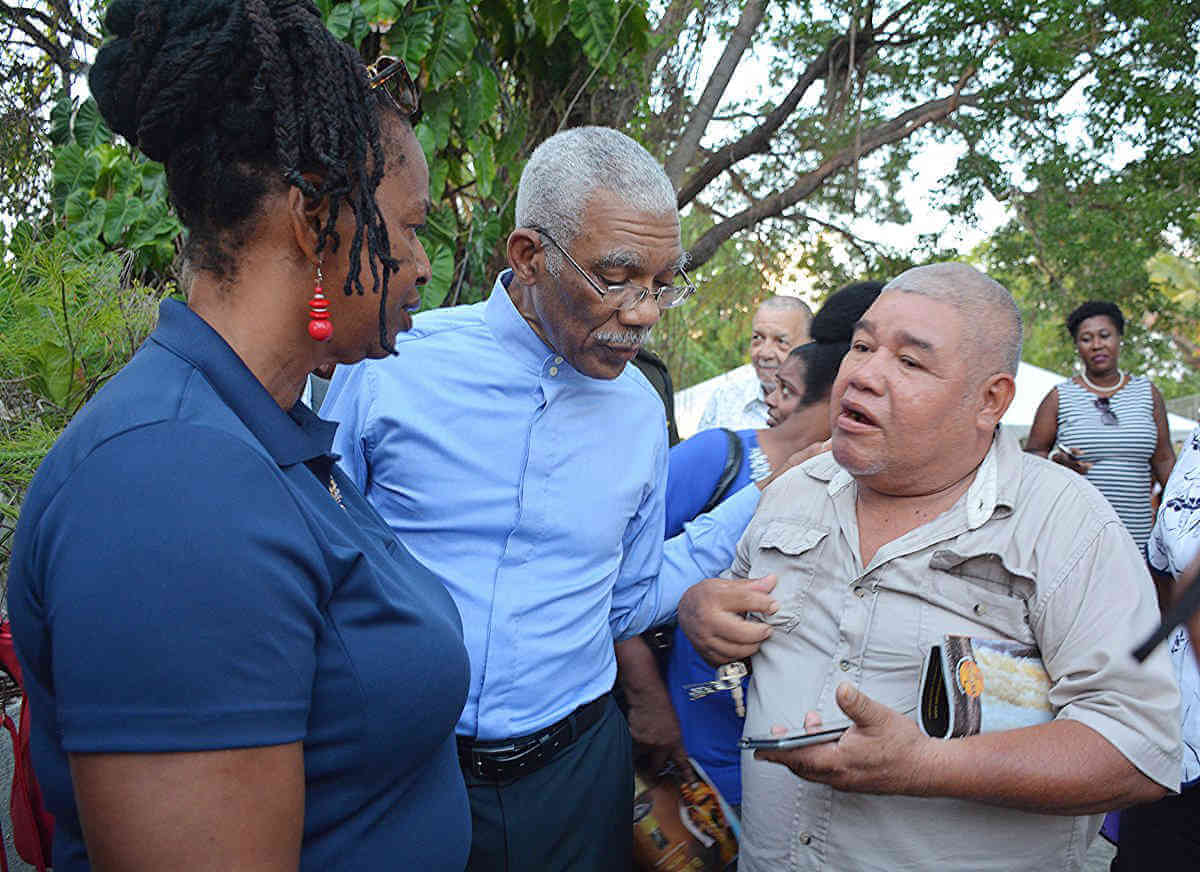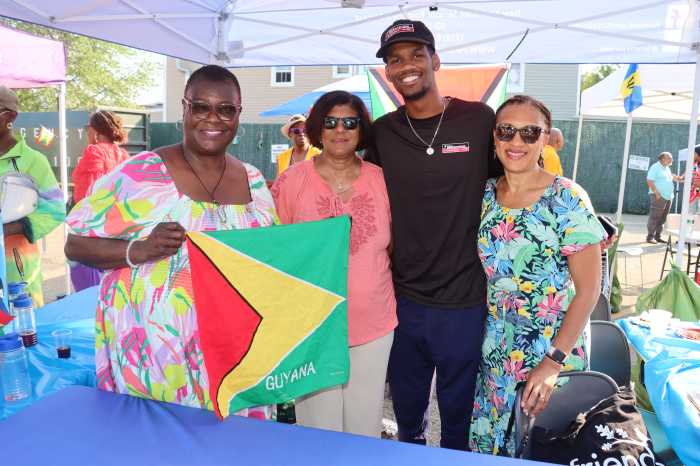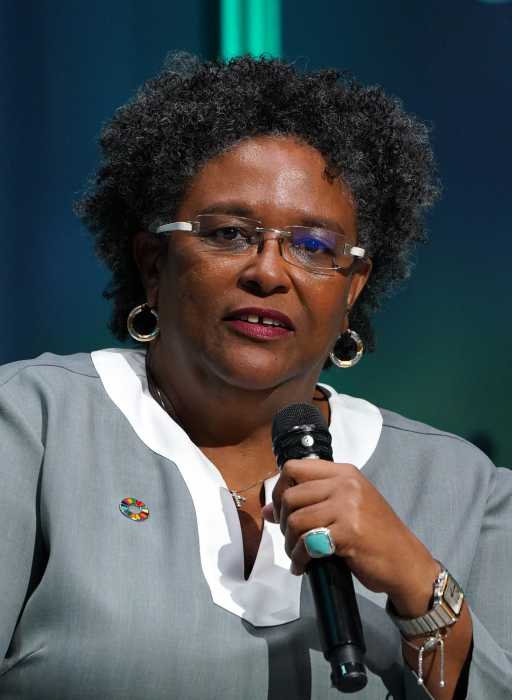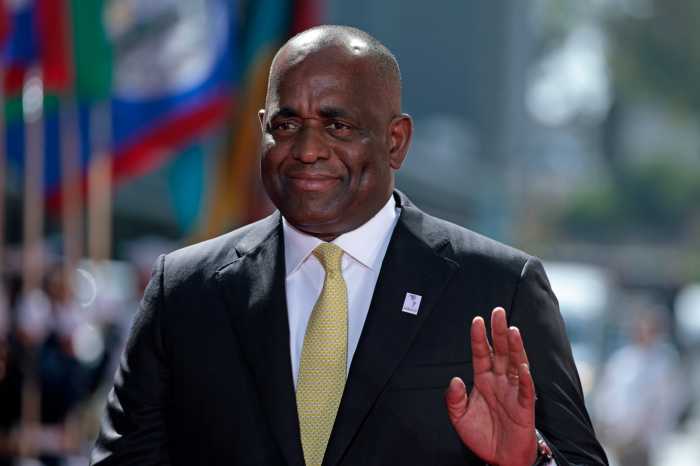The Lokono people, commonly known as Arawaks, were the first humans occupying Barbados yet the island has no substantial monument to them, it is therefore fitting that one of the country’s oldest institutions will establish a village in their name.
Codrington College, the oldest seminary in the Western Hemisphere, will as of next year be the home of an Arawak Village replicating the living style of the island’s first people who evidence shows had settled on the island since 2,000 BC.
With a history reaching back to 1745, Codrington College is not only a fitting organisation, owing to its age, to host a recreated community of the first settlers but also because of the religious school’s locale in the parish of St John, where the Lokono had dwelled centuries before the British arrived in 1627.
Codrington College is an Anglican theological school, on a 700-acre spread, founded with funds from the bequest of Christopher Codrington, who after his death in 1710 left portions of his sugar cane estates to the Society for the ‘Propagation of the Gospel in Foreign Parts’ to establish a college in Barbados.
At a turning of the sod ceremony last week, College Principal, Dr. Michael Clarke said, the village will fit into the institution’s mandate, “we believe this venture will add a new dimension to what we teach as a theological college and will fit right into a spirituality programme we plan to introduce which will look at traditional religious practices in the Caribbean.”
Chief Executive Secretary of the Codrington Trust, Hensley Sobers explained, “this project in in-keeping with the legacy bequeathed by Christopher Codrington III, who in his will left this property as part of his estate to be maintained as an institution for higher education and to benefit the community it serves”.
The person credited with the idea of the recreated community is Guyana-born Arawak, Richard Winter, a tireless campaigner for revitalisation of the Lokono culture.
Winter runs a craft store, Arawak Leather, on Barbados’ tourism belt and never misses an opportunity to exhibit cultural items of his people.
“We plan to teach mostly the people of St John to help young people to be self-employed,” he said.
“While living here I found that the history taught in schools tends to concentrate on the period between slavery and independence, and people did not know much about the culture of the Arawaks who resided here before that.”
Indeed, a lot is not said about Barbados’ Lokono past.
When the English first arrived they found no people on the island but much evidence of human habitation.
One of the most plausible theories historians put forward for the absence of humans is that the first people had left for a meeting with other groups, probably in St. Vincent and the Grenadines. Such meetings usually involve all members of the community. It is further believed that they did not re-enter the island after discovering that the English had taken over.
Among the evidence of Arawak occupation was a bridge straddling the island’s only river. The presence of this bridge led to that area being named Bridgetown, now Barbados’ capital city.
The Barbados Museum and Historical Society states that the Barbados Archaeological Survey in conjunction with the University of London in 1984 began an island study and excavation of the pre-historic sites.
“The excavations and collections have filled a gap in our knowledge of the island’s pre-Columbian peoples,” the Museum stated.
“This research has resulted in a new date for the settlement of first inhabitants to Barbados, that of 2000 B.C.E.; therefore, placing human habitation on the island to 4000 years.”
There is continuous annual excavation at Codrington College among other places the Museum stated, adding “this kind of research has seen the collection grow to over 250,000 artefacts, comprising pre-historic and historic artefacts. The Museum’s pre-Columbian collection numbers 25,000 artefacts.”
With their history on the island reaching back thousands of years, establishment of an Arawak Village in St John simply means a return home for the Lokono people.




























